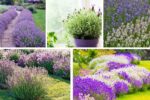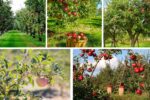Pumpkins are more than just vegetables – they are symbols of fall, family gatherings, and festive traditions like Halloween and Thanksgiving. Growing pumpkins at home is not only rewarding but also fun for gardeners of all levels. With their sprawling vines, bright orange fruits, and cheerful blooms, pumpkins bring beauty and productivity to any garden. Plus, harvesting your very own pumpkins to carve, cook, or decorate with adds a special personal touch to the season.
If you’ve ever wondered how to plant pumpkins successfully, this guide will take you through every step – from choosing the right seeds to enjoying your festive harvest.
Why Grow Pumpkins at Home?
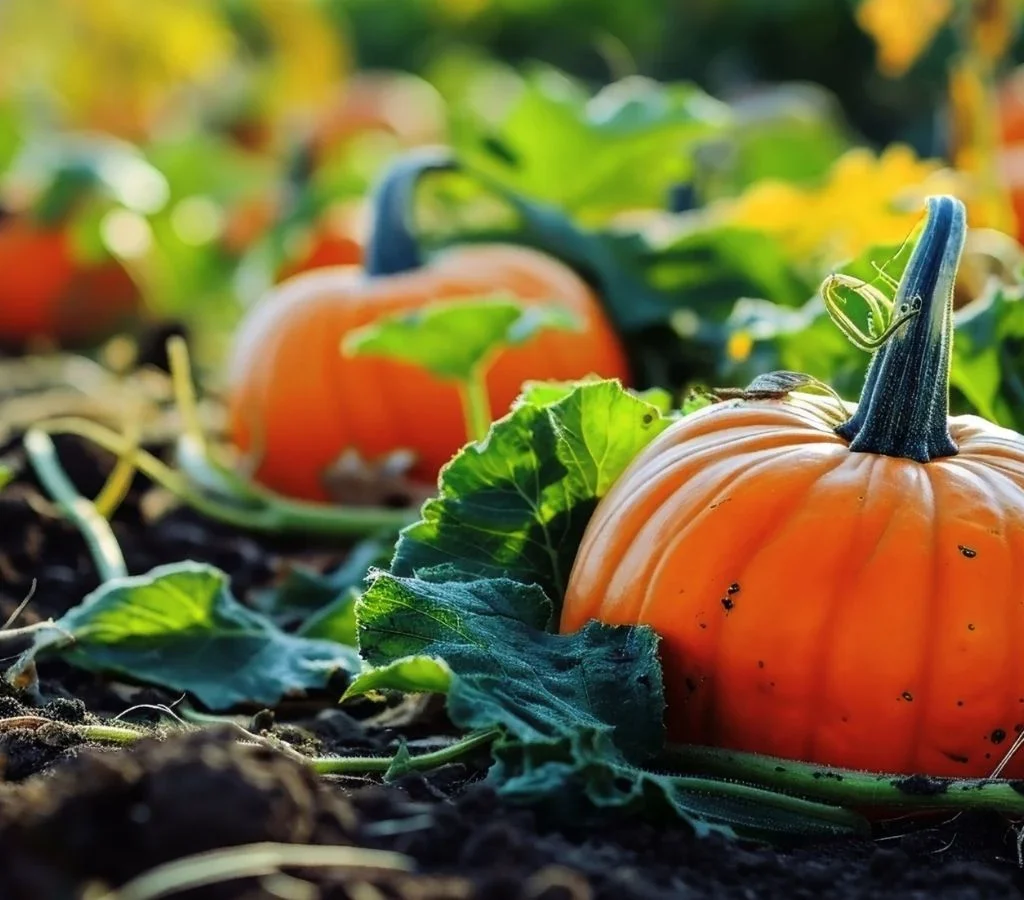
Growing pumpkins offers multiple benefits:
- Festive Fun: Perfect for carving Jack-o’-lanterns or decorating your porch in autumn.
- Delicious Harvest: Pumpkins can be used in soups, pies, bread, or roasted seeds.
- Great for Families: Kids love watching pumpkin vines grow and seeing the fruits swell over time.
- Pollinator-Friendly: Pumpkin flowers attract bees, supporting a healthy garden ecosystem.
- Satisfying Yield: A single plant can produce several pumpkins if given proper care.
Step 1: Choosing the Right Pumpkin Variety
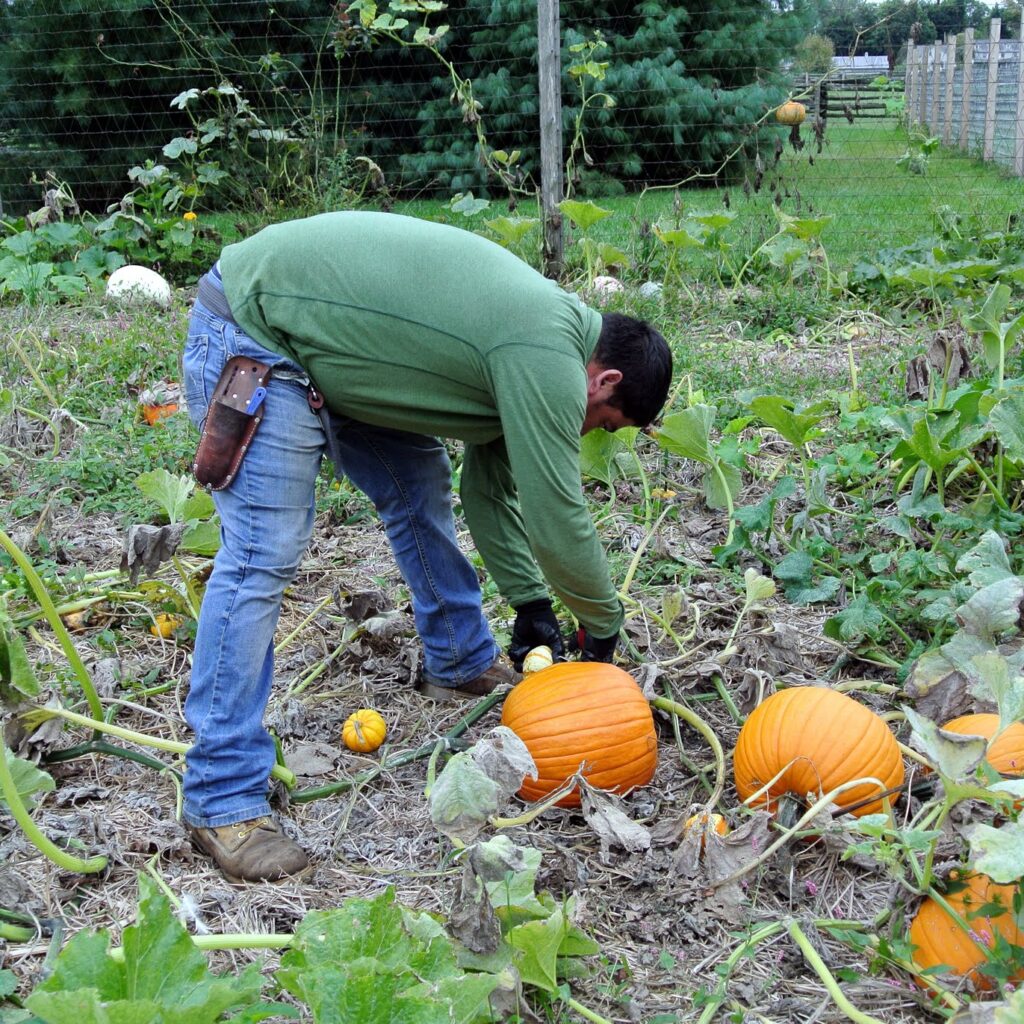
Pumpkins come in many shapes, sizes, and uses. Selecting the right variety for your needs ensures a successful harvest.
- Jack-o’-Lantern Pumpkins – Medium to large-sized pumpkins ideal for carving.
- Mini Pumpkins – Small, decorative varieties like ‘Jack Be Little.’ Great for kids or table décor.
- Cooking Pumpkins – Varieties like ‘Sugar Pie’ are sweeter and perfect for baking.
- Giant Pumpkins – Varieties like ‘Atlantic Giant’ can grow up to hundreds of pounds – a fun challenge for competitive growers.
Tip: If you have limited space, choose smaller or bush varieties designed for compact gardens.
Step 2: Preparing the Soil
Pumpkins thrive in warm, fertile, and well-draining soil. Proper soil preparation is key to healthy growth.
- Soil pH: Aim for slightly acidic to neutral soil (6.0–6.8).
- Amend the Soil: Mix in compost or aged manure to boost nutrients. Pumpkins are heavy feeders, so rich soil is essential.
- Raised Mounds: Planting on small hills or mounds improves drainage and warms the soil faster.
Pro Tip: Prepare soil at least 2 weeks before planting so organic matter has time to break down.
Step 3: Planting Pumpkin Seeds
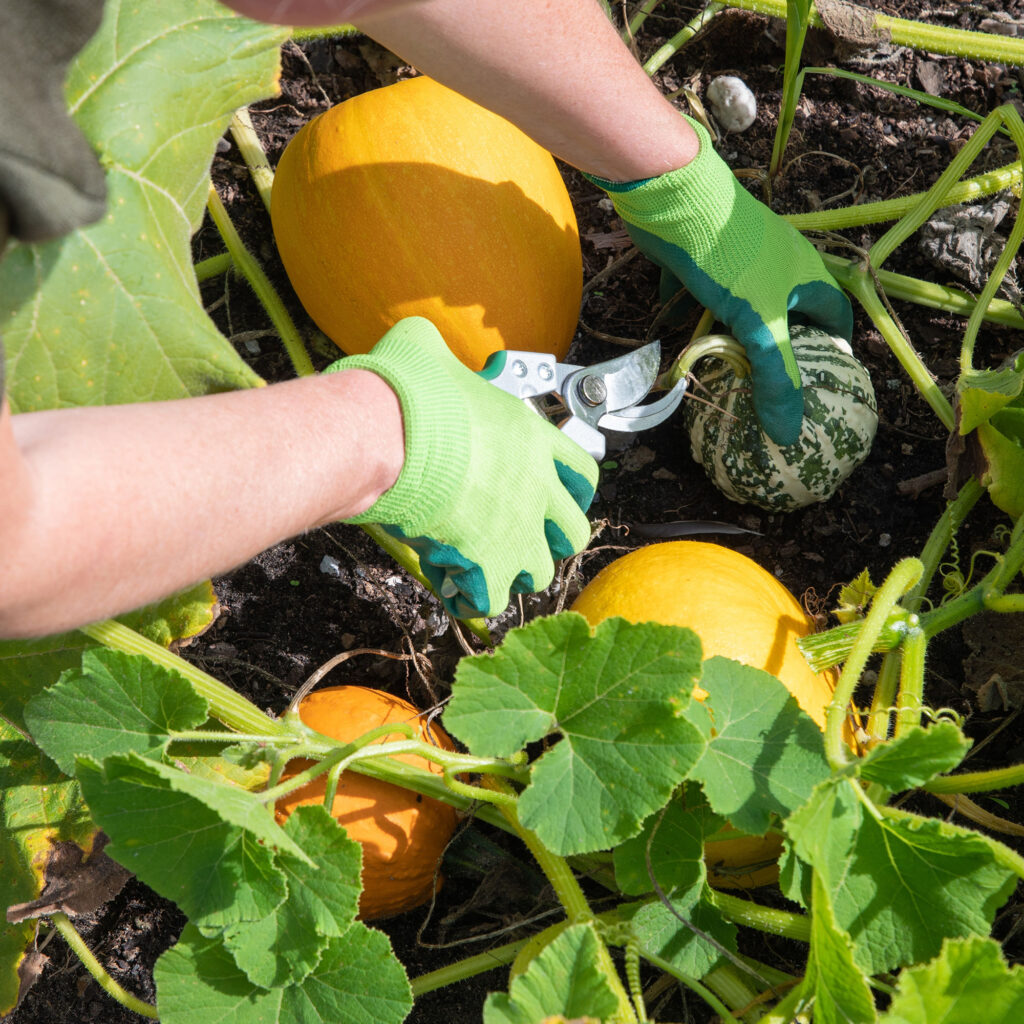
Pumpkins are warm-season crops, so timing is critical.
- When to Plant: Sow seeds outdoors after the last frost when soil temperatures are above 70°F (21°C).
- Spacing:
- Large varieties: 5–6 feet apart.
- Small/bush types: 2–3 feet apart.
- How to Plant: Sow 2–3 seeds per mound about 1 inch deep. Once seedlings sprout, thin to the strongest plant.
Indoor Option: Start seeds in biodegradable pots 2–3 weeks before the last frost and transplant carefully to avoid root disturbance.
Step 4: Caring for Pumpkin Plants
Pumpkins need consistent care to produce healthy vines and fruits.
1. Watering
- Pumpkins require 1–2 inches of water per week.
- Water deeply at the base, avoiding overhead watering to prevent fungal diseases.
- Keep soil moist but not soggy, especially during fruit development.
2. Fertilizing
- Early growth: Use a nitrogen-rich fertilizer to encourage leafy vines.
- Flowering stage: Switch to phosphorus and potassium fertilizers to promote blooms and fruits.
3. Mulching
Apply straw or mulch around plants to:
- Retain soil moisture.
- Suppress weeds.
- Prevent pumpkins from resting directly on damp soil, reducing rot.
4. Pruning Vines
- Limit side vines if space is small.
- Pinch off growing tips once fruits have set to encourage larger pumpkins.
Step 5: Pollination
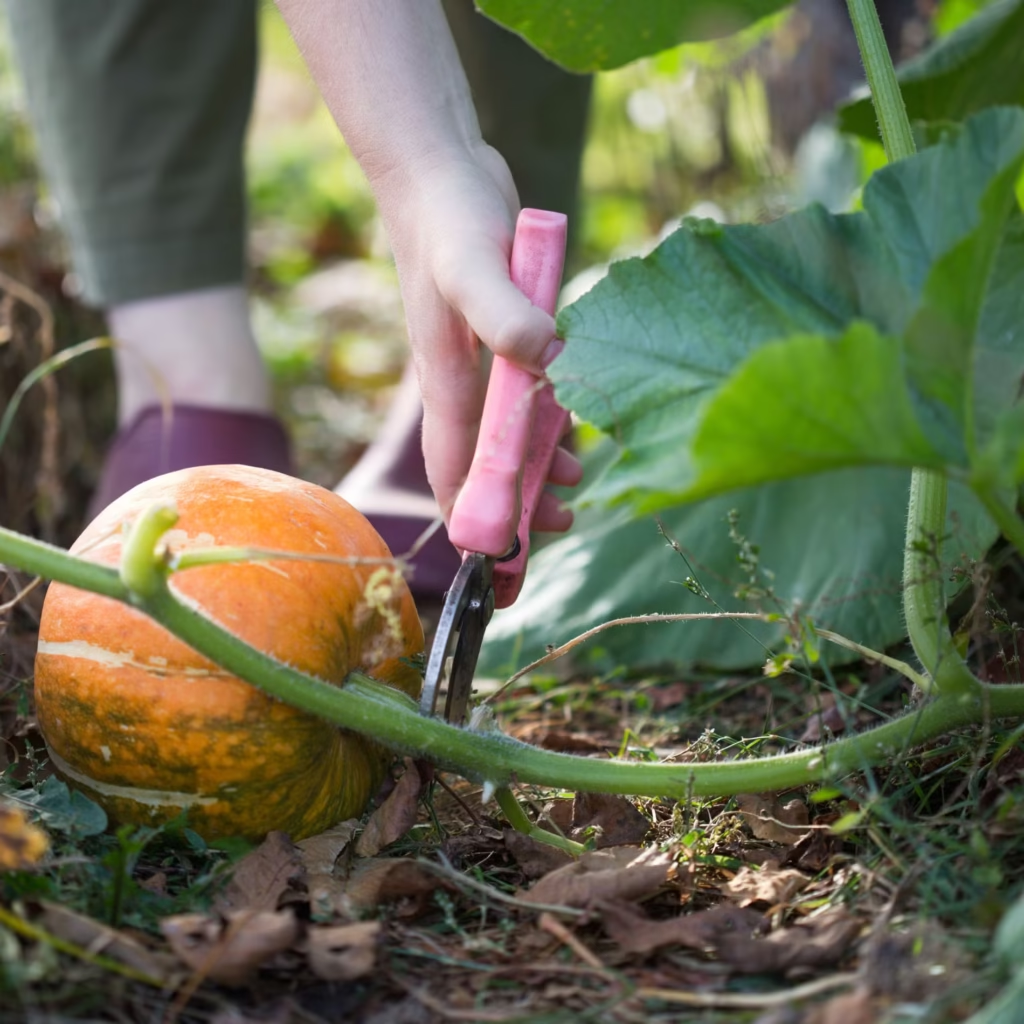
Pumpkins rely heavily on pollinators like bees. Their large yellow flowers are either male or female, so cross-pollination is essential.
- Encourage Bees: Plant nearby flowers to attract pollinators.
- Hand Pollination: Use a small brush to transfer pollen from male to female flowers if pollinators are scarce.
Fun fact: Female flowers can be identified by the small, bulb-like swelling beneath the bloom, which will develop into a pumpkin once pollinated.
Step 6: Managing Pests and Diseases
Pumpkin plants can be vulnerable to garden pests and diseases.
- Common Pests:
- Squash bugs – Remove eggs from leaves.
- Cucumber beetles – Use row covers early in the season.
- Aphids – Spray with neem oil or insecticidal soap.
- Common Diseases:
- Powdery mildew – Prevent with good airflow and avoid overhead watering.
- Downy mildew – Use disease-resistant varieties and crop rotation.
- Root rot – Ensure proper drainage and avoid waterlogging.
Companion planting with marigolds or nasturtiums can naturally deter pests.
Step 7: Harvesting Pumpkins
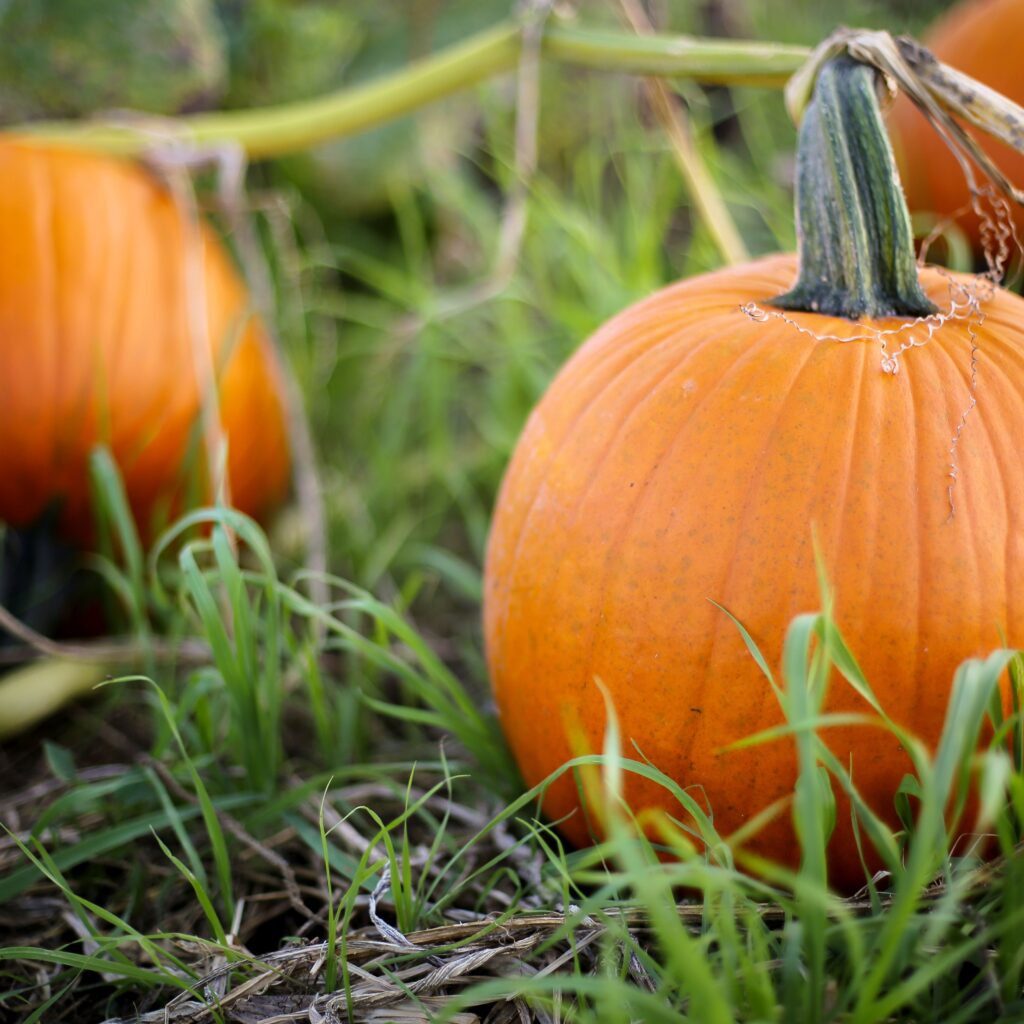
Harvesting pumpkins is one of the most rewarding moments for any gardener.
- When to Harvest:
- The pumpkin should have a deep, consistent color (orange for most varieties).
- The rind should be hard and resist scratching with a fingernail.
- Vines begin to wither and dry.
- How to Harvest:
- Cut pumpkins from the vine with pruning shears, leaving a 3–4 inch stem.
- Handle carefully to avoid bruising.
- Curing: Place pumpkins in a warm, dry, and well-ventilated spot for 10–14 days to harden the skin. This helps extend storage life.
Step 8: Storing and Using Pumpkins
Properly harvested and cured pumpkins can last for months.
- Store in a cool, dry place (50–55°F or 10–13°C).
- Do not stack pumpkins directly on each other.
- Check regularly for soft spots or mold.
Uses for Your Pumpkins:
- Cooking: Pumpkin pies, soups, breads, roasted seeds, and more.
- Decorating: Carved Jack-o’-lanterns or natural autumn décor.
- Crafting: Painted pumpkins for kids’ activities.
- Animal Feed: Leftover pumpkins can be fed to chickens or composted.
Tips for a Fun and Festive Harvest
- Grow a mix of varieties for both cooking and decoration.
- Organize a family pumpkin-picking day from your own garden.
- Save seeds from your best pumpkins to plant again next year.
- Pair your pumpkin harvest with fall garden crops like corn and squash for a “Three Sisters” garden theme.
Conclusion
Growing pumpkins at home is more than just gardening – it’s an experience filled with anticipation, joy, and seasonal charm. With the right preparation, care, and a bit of patience, you can enjoy a bountiful harvest of bright orange pumpkins perfect for eating, carving, or celebrating. Whether you’re planting a few mini pumpkins for decoration or growing giant ones for a harvest contest, pumpkins will reward you with beauty and festivity in your garden.


